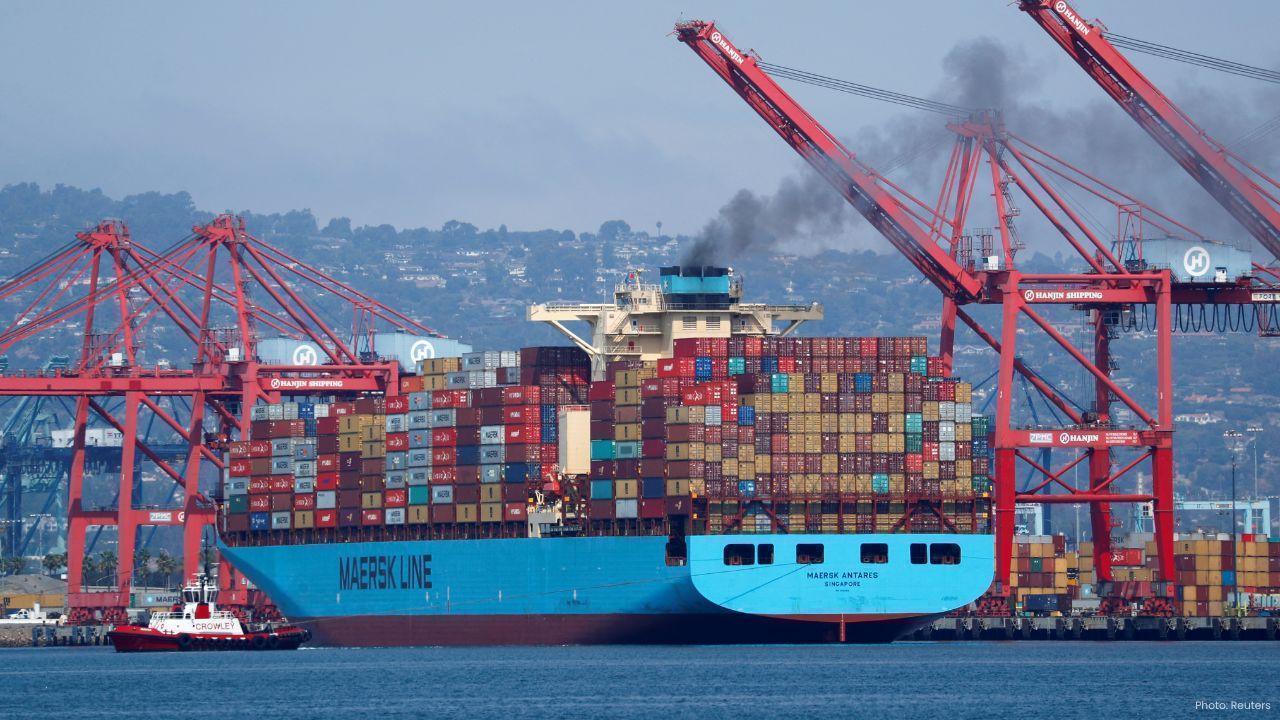
Post by : Armust Desk
The United States trade deficit grew much faster than expected in July, reaching its highest level in four months. According to government data released on Thursday, the overall trade deficit jumped by 32.5 percent to $78.3 billion. This widening gap comes as imports surged before new tariffs imposed by the Trump administration took effect.
Exports rose only slightly, while imports climbed significantly. In July, imports increased by 5.9 percent to $358.8 billion, while exports edged up just 0.3 percent to $280.5 billion.
Gold Imports Drive Some of the Growth
Economists say that while the increase in imports is notable, a large part of it comes from gold. Matthew Martin, a senior economist at Oxford Economics, explained that "trade policies and safe-haven demand led to a resurgence in gold imports." If gold is excluded, imports actually rose by a smaller 3.3 percent, while exports slightly fell by 0.1 percent.
Analysts at Pantheon Macroeconomics also noted that businesses were stocking up on goods before tariffs increased. This “pre-tariff stockpiling” has contributed to the rising trade deficit.
Tariffs and Business Costs
President Donald Trump applied a 10 percent tariff on nearly all trading partners in April. Plans to raise these duties to higher levels for dozens of economies were postponed twice, but they finally went into effect in early August.
Many businesses that imported goods ahead of these tariffs are now using up their existing stock. As a result, they will likely face higher costs when they purchase new goods, though the immediate effect on US inflation appears limited.
Demand for certain types of goods, such as capital equipment for artificial intelligence and data centers, is also driving higher imports, Martin added.
Sector-Wise Import Trends
The Commerce Department reported significant jumps in imports across key sectors. Both industrial supplies and consumer goods saw noticeable increases in July.
The trade deficit with China, in particular, widened by $5.3 billion, reaching $14.7 billion. Martin said that China is “unsurprisingly” the hardest-hit trading partner because US goods from China face additional tariffs of 30 percent this year. Other Asian economies face lower tariff rates.
Supply Chain Challenges
Trump’s tariffs have disrupted global supply chains this year. Imports surged in March, just before wide-ranging duties were applied in April. In addition to varying tariffs on different countries, the administration has also imposed separate sector-specific duties on steel, aluminum, and automobiles, with promises of more tariffs in the future.
Analysts believe these tariffs have caused a complex situation for US businesses. Companies stocked up on imports to avoid higher tariffs, but as inventories decline, they will need to import more goods at higher prices, potentially affecting costs for consumers.
Forecast vs. Reality
Economists had expected a smaller trade deficit. A Briefing.com consensus forecast had predicted $64.2 billion, but the actual figure of $78.3 billion far exceeded expectations.
The growing deficit and tariff measures show how US trade dynamics are being influenced by both policy decisions and global economic trends. While imports have risen sharply, exports have struggled to keep pace, leading to a wider trade gap.
The situation indicates that US trade will remain under pressure as tariffs continue to affect supply chains and business decisions. Companies may face higher costs for imports, and some sectors could feel the pinch more than others. Economists are closely watching how this will impact the broader economy, inflation, and relationships with major trading partners such as China, the European Union, Japan, and India.
US trade deficit, imports surge, Trump tariffs, China trade, July 2025 trade data
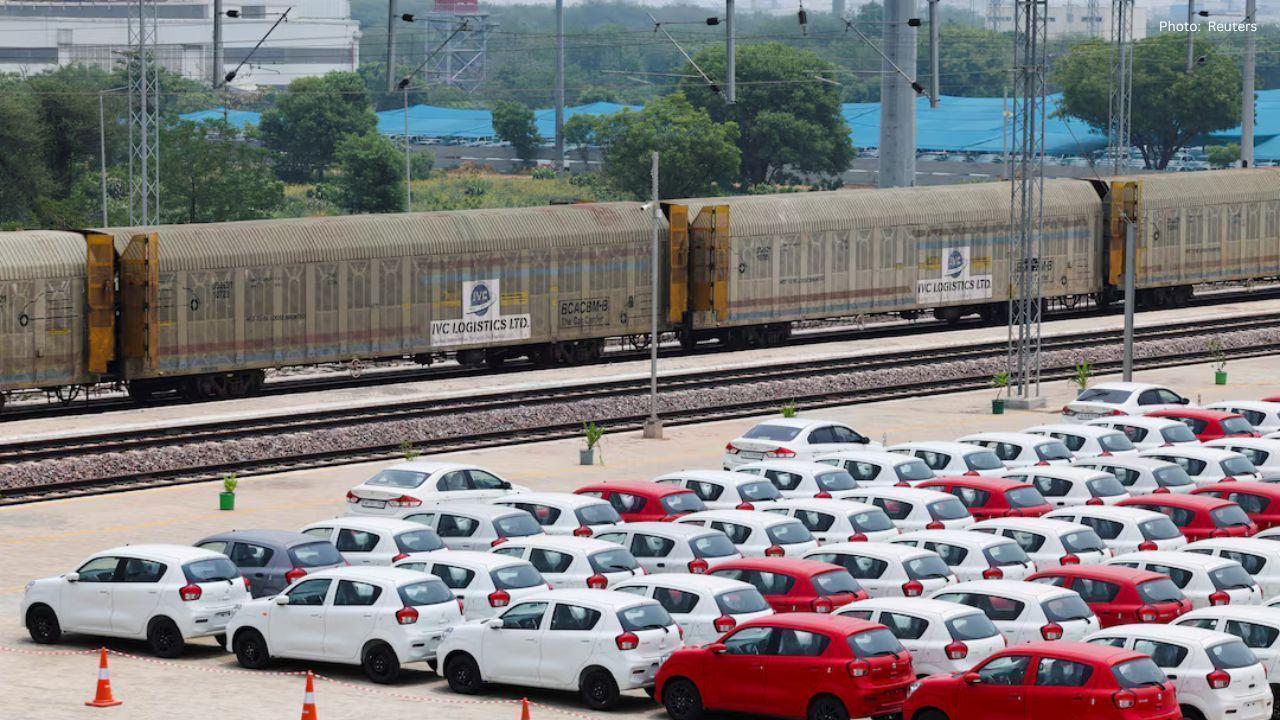

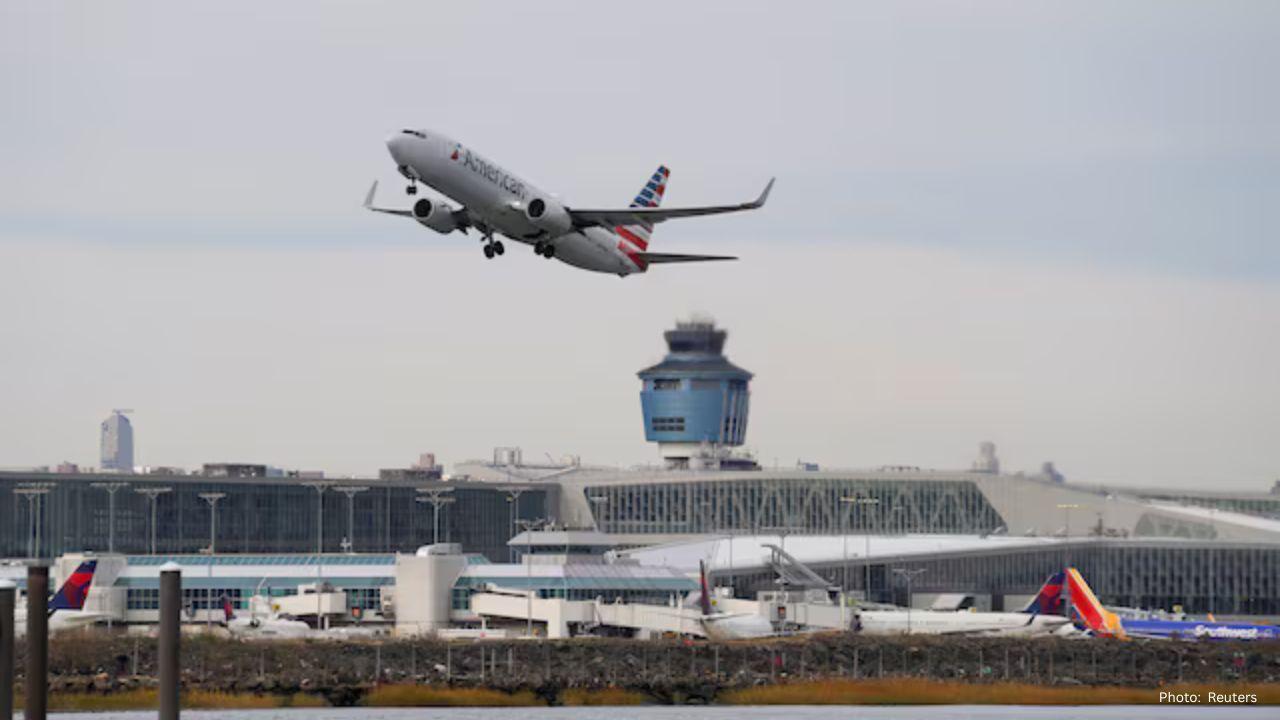





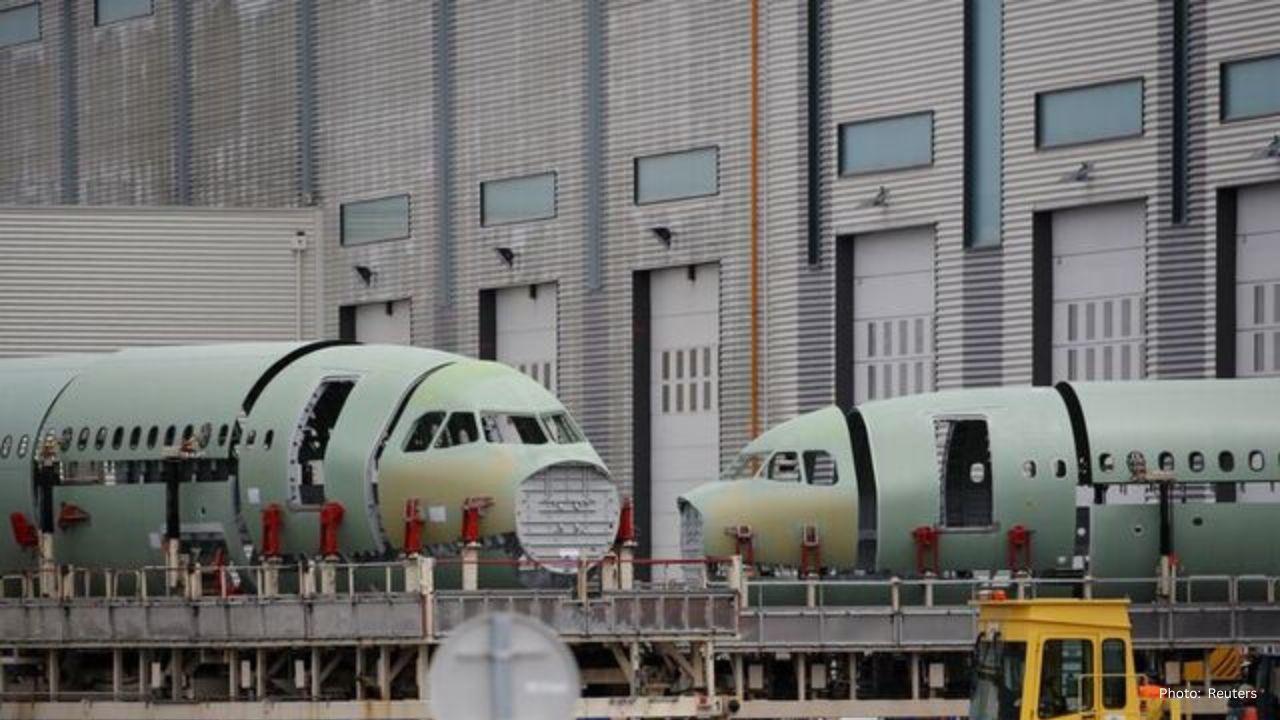

Advances in Aerospace Technology and Commercial Aviation Recovery
Insights into breakthrough aerospace technologies and commercial aviation’s recovery amid 2025 chall
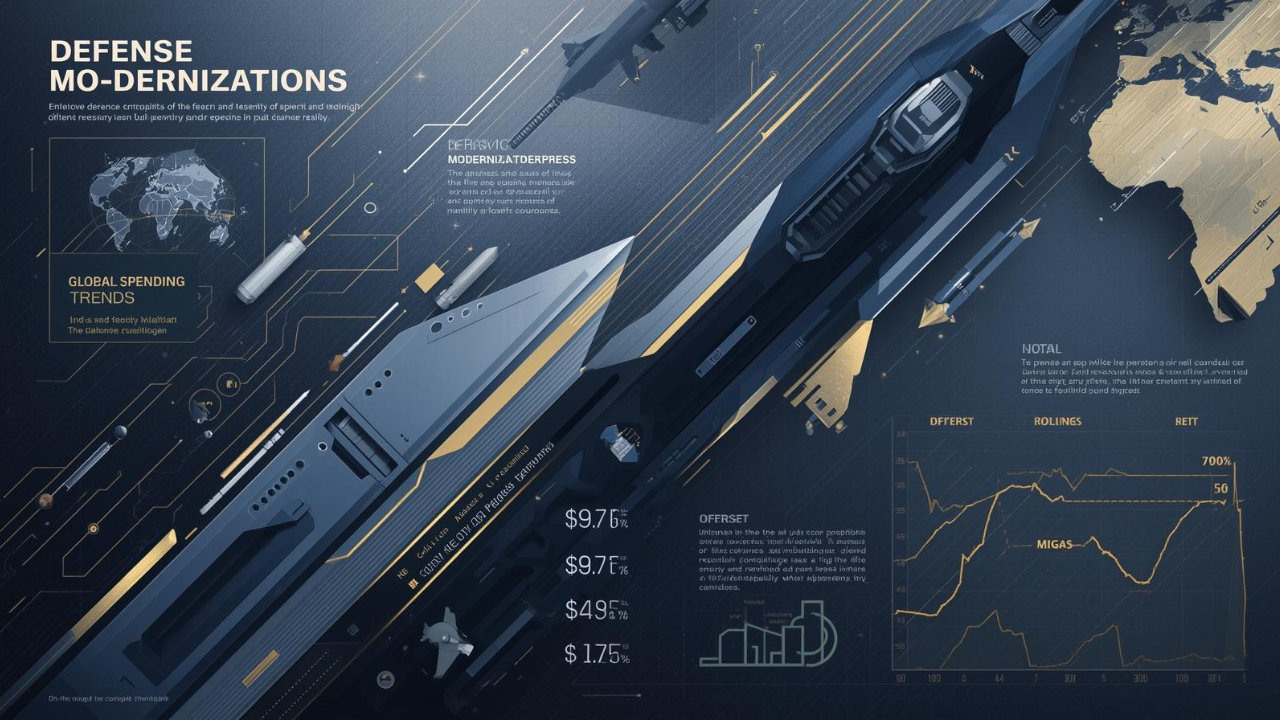
Defense Modernization and Strategic Spending Trends
Explore key trends in global defense modernization and strategic military spending shaping 2025 secu

Tens of Thousands Protest in Serbia on Anniversary of Deadly Roof Collapse
Tens of thousands in Novi Sad mark a year since a deadly station roof collapse that killed 16, prote
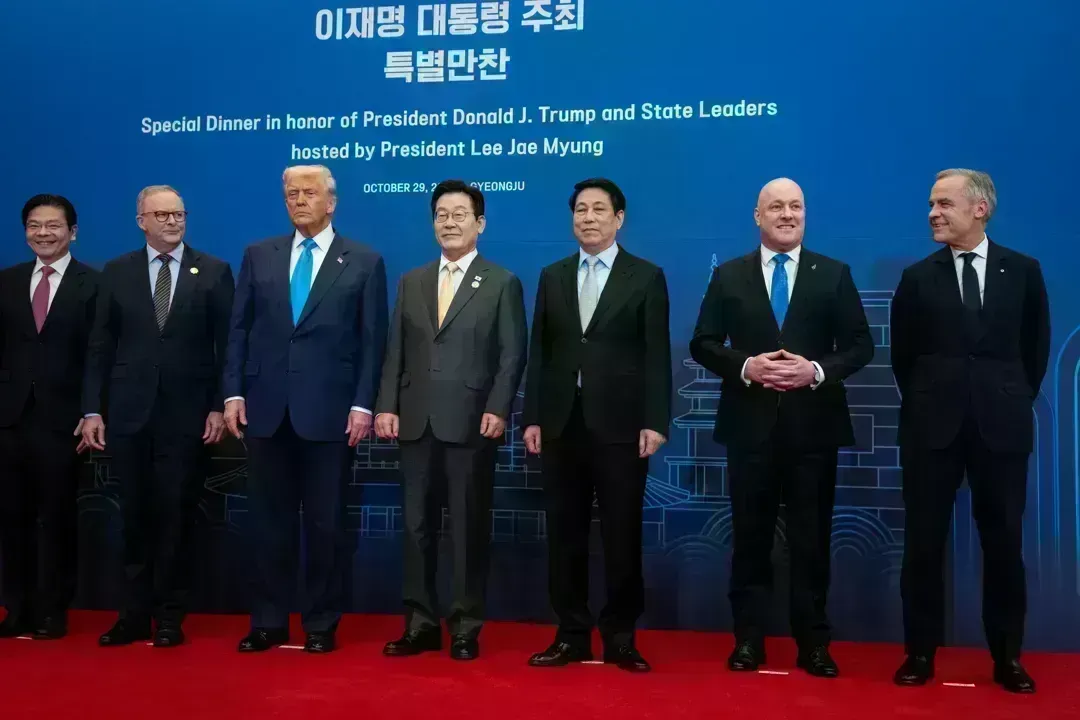
Canada PM Carney Apologizes to Trump Over Controversial Reagan Anti-Tariff Ad
Canadian PM Mark Carney apologized to President Trump over an Ontario anti-tariff ad quoting Reagan,

The ad that stirred a hornets nest, and made Canadian PM Carney say sorry to Trump
Canadian PM Mark Carney apologizes to US President Trump after a tariff-related ad causes diplomatic

Bengaluru-Mumbai Superfast Train Approved After 30-Year Wait
Railways approves new superfast train connecting Bengaluru and Mumbai, ending a 30-year demand, easi